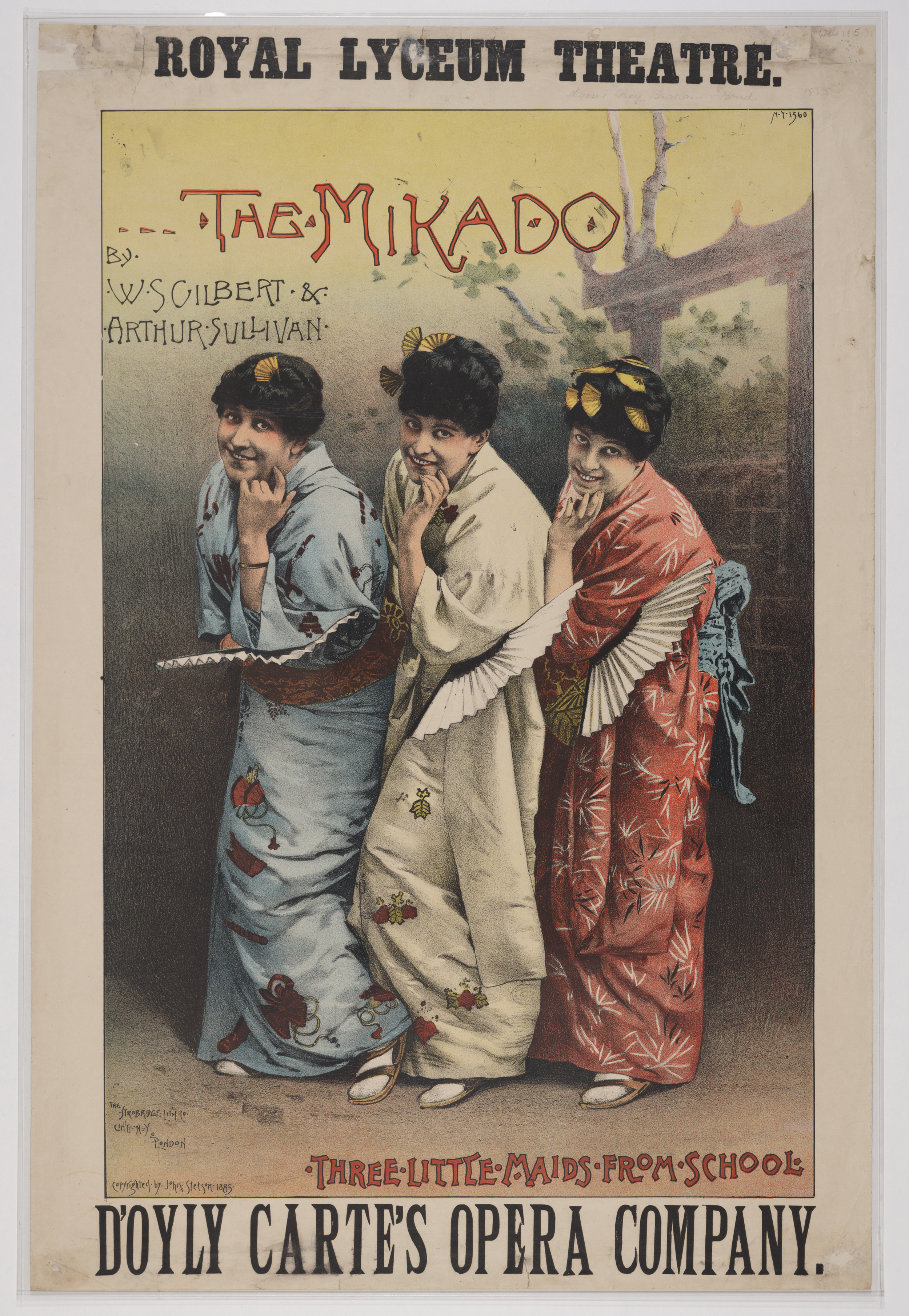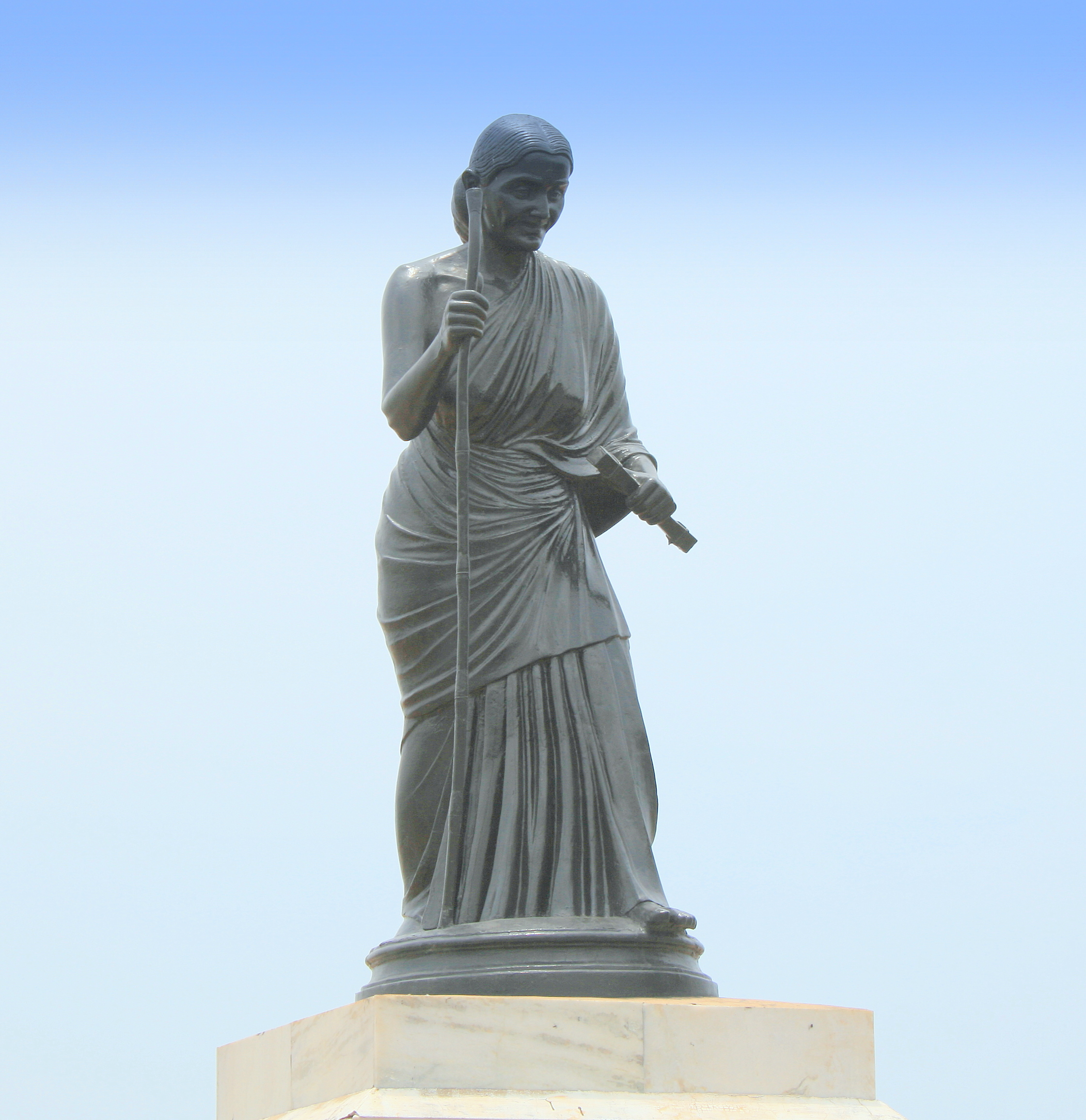|
Eight Anthologies
The Eight Anthologies, known as Eṭṭuttokai ( ta, எட்டுத்தொகை) or "Eight Collections" in the literature, is a classical Tamil poetic work that forms part of the Eighteen Greater Texts (''Patiṉeṇmēlkaṇakku'') anthology series of the Sangam Literature. The Eight Anthologies and its companion anthology, the Ten Idylls (''Pattuppāṭṭu''), is the oldest available Tamil literature. According to Kamil Zvelebil, a scholar of Tamil literature and history, dating these Eight Anthologies or their relative chronology is difficult, but the scholarship so far suggested that the earliest layers were composed sometime between the 1st century BCE and 2nd century CE, while the last layers were completed between 3rd and 5th century CE. Contents of the anthologies The Eight Anthologies consist of 2,371 poems varying from small stanzas of three lines in Ainkurnuru to stanzas of forty lines in Purananuru. The following poems form the Eight Anthologies: * '' Ainkurunu ... [...More Info...] [...Related Items...] OR: [Wikipedia] [Google] [Baidu] |
Tamil Language
Tamil (; ' , ) is a Dravidian language natively spoken by the Tamil people of South Asia. Tamil is an official language of the Indian state of Tamil Nadu, the sovereign nations of Sri Lanka and Singapore, and the Indian territory of Puducherry. Tamil is also spoken by significant minorities in the four other South Indian states of Kerala, Karnataka, Andhra Pradesh and Telangana, and the Union Territory of the Andaman and Nicobar Islands. It is also spoken by the Tamil diaspora found in many countries, including Malaysia, Myanmar, South Africa, United Kingdom, United States, Canada, Australia and Mauritius. Tamil is also natively spoken by Sri Lankan Moors. One of 22 scheduled languages in the Constitution of India, Tamil was the first to be classified as a classical language of India. Tamil is one of the longest-surviving classical languages of India.. "Tamil is one of the two longest-surviving classical languages in India" (p. 7). A. K. Ramanujan described it as "the on ... [...More Info...] [...Related Items...] OR: [Wikipedia] [Google] [Baidu] |
Matha
A ''matha'' (; sa, मठ, ), also written as ''math'', ''muth'', ''mutth'', ''mutt'', or ''mut'', is a Sanskrit word that means 'institute or college', and it also refers to a monastery in Hinduism.Matha Encyclopædia Britannica Online 2009 An alternative term for such a monastery is ''adheenam''. The earliest epigraphical evidence for ''mathas'' related to Hindu-temples comes from the 7th to 10th century CE. The most famous ''mathas'' or ''peethams'', which came to be affiliated with the Advaita tradition in the 14th century, are Govardhanmaṭha Pīṭhaṃ at |
Rhymes
A rhyme is a repetition of similar sounds (usually, the exact same phonemes) in the final stressed syllables and any following syllables of two or more words. Most often, this kind of perfect rhyming is consciously used for a musical or aesthetic effect in the final position of lines within poems or songs. More broadly, a rhyme may also variously refer to other types of similar sounds near the ends of two or more words. Furthermore, the word ''rhyme'' has come to be sometimes used as a shorthand term for any brief poem, such as a nursery rhyme or Balliol rhyme. Etymology The word derives from Old French ''rime'' or ''ryme'', which might be derived from Old Frankish ''rīm'', a Germanic term meaning "series, sequence" attested in Old English (Old English ''rīm'' meaning "enumeration, series, numeral") and Old High German ''rīm'', ultimately cognate to Old Irish ''rím'', Greek ' ''arithmos'' "number". Alternatively, the Old French words may derive from Latin ''rhythmus'', from ... [...More Info...] [...Related Items...] OR: [Wikipedia] [Google] [Baidu] |
Alliterations
Alliteration is the conspicuous repetition of initial consonant sounds of nearby words in a phrase, often used as a literary device. A familiar example is "Peter Piper picked a peck of pickled peppers". Alliteration is used poetically in various languages around the world, including Arabic, Irish, German, Mongolian, Hungarian, American Sign Language, Somali, Finnish, Icelandic. Historical use The word ''alliteration'' comes from the Latin word ''littera'', meaning "letter of the alphabet". It was first coined in a Latin dialogue by the Italian humanist Giovanni Pontano in the 15th century. Alliteration is used in the alliterative verse of Old English, Old Norse, Old High German, Old Saxon, and Old Irish. It was an important ingredient of the Sanskrit shlokas. Alliteration was used in Old English given names. This is evidenced by the unbroken series of 9th century kings of Wessex named Æthelwulf, Æthelbald, Æthelberht, and Æthelred. These were followed in the 10th ... [...More Info...] [...Related Items...] OR: [Wikipedia] [Google] [Baidu] |
Maurya Empire
The Maurya Empire, or the Mauryan Empire, was a geographically extensive Iron Age historical power in the Indian subcontinent based in Magadha, having been founded by Chandragupta Maurya in 322 BCE, and existing in loose-knit fashion until 185 BCE. Quote: "Magadha power came to extend over the main cities and communication routes of the Ganges basin. Then, under Chandragupta Maurya (c.321–297 bce), and subsequently Ashoka his grandson, Pataliputra became the centre of the loose-knit Mauryan 'Empire' which during Ashoka's reign (c.268–232 bce) briefly had a presence throughout the main urban centres and arteries of the subcontinent, except for the extreme south." The Maurya Empire was centralized by the conquest of the Indo-Gangetic Plain, and its capital city was located at Pataliputra (modern Patna). Outside this imperial center, the empire's geographical extent was dependent on the loyalty of military commanders who controlled the armed cities sprinkling it. During Ash ... [...More Info...] [...Related Items...] OR: [Wikipedia] [Google] [Baidu] |
Akanaṉūṟu
The ''Akananuru'' (, literally "four hundred oemsin the akam genre"), sometimes called ''Nedunthokai'' (''lit.'' "anthology of long poems"), is a classical Tamil poetic work and one of the Eight Anthologies (''Ettuthokai'') in the Sangam literature. It is a collection of 400 love poems with invocatory poem dedicated to Shiva. The collected poems were composed by 144 poets, except 3 poems which are by anonymous author(s). The poems range between 13 and 31 lines, and are long enough to include more details of the subject, episode and its context. According to Kamil Zvelebil – a Tamil literature and history scholar, they are "one of the most valuable collections" from ancient Tamil history perspective. The ''Akananuru'' anthology is notable for its mathematical arrangement: the odd number poems are dedicated to ''palai'' (arid landscape); poem number ten and its multiples (10, 20, 30, etc., up to 400) are ''neytal'' (coastal landscape); poems bearing number 2 and then in increme ... [...More Info...] [...Related Items...] OR: [Wikipedia] [Google] [Baidu] |
Sangam Period
The Sangam period or age (, ), particularly referring to the third Sangam period, is the period of the history of ancient Tamil Nadu, Kerala and parts of Sri Lanka (then known as Tamilakam) spanning from c. 6th century BCE to c. 3rd century CE. It was named after the famous Sangam academies of poets and scholars centered in the city of Madurai. The First Sangam to be located in ''Then Madurai'' under the patronage of 89 Pandya kings, during this period. It is said to have lasted for 4,440 years, and this would put the First Sangam between 9600 BCE to 5200 BCE. In Old Tamil language, the term Tamilakam (''Tamiḻakam'', ''Purananuru'' 168. 18) referred to the whole of the ancient Tamil-speaking area, corresponding roughly to the area known as southern India today, consisting of the territories of the present-day Indian states of Tamil Nadu, Kerala, parts of Andhra Pradesh, parts of Karnataka and northern Sri Lanka also known as Eelam. History According to Tamil legends, th ... [...More Info...] [...Related Items...] OR: [Wikipedia] [Google] [Baidu] |
Avvaiyar
Avvaiyar (Tamil: ஔவையார்) was the title of more than one female poet who were active during different periods of Tamil literature. They were some of the most famous and important female poets of the Tamil canon. Abidhana Chintamani states that there were three female poets titled ''Avvaiyar''. Among them, the first Avvaiyar lived during the Sangam period (c. 3rd century BCE) and is said to have had cordial relations with the Tamil chieftains Vēl Pāri and Athiyamān. She wrote 59 poems in the Puṟanāṉūṟu. Avvaiyar II lived during the period of Kambar and Ottakoothar during the reign of the Chola dynasty in the tenth century. She is often imagined as an old and intelligent lady by Tamil people. Many poems and the Avvai Kural, comprising 310 kurals in 31 chapters, belong to this period. The third Avvaiyar is the most widely known for her 'Vinayagar Agaval', 'Aathichoodi', 'Kondrai Vendhan', ' Nalvazhi' and ' Moodhurai'. Name etymology The name Avvaiyar ... [...More Info...] [...Related Items...] OR: [Wikipedia] [Google] [Baidu] |
Nakkirar I
Nakkirar I (c. 250 BCE) was a poet of the Sangam period, who composed anthologies including the Neṭunalvāṭai. He also wrote verse 7 of the Tiruvalluva Maalai. See also * Sangam literature * List of Sangam poets * Tiruvalluva Maalai Tiruvalluva Maalai (Tamil: திருவள்ளுவ மாலை), literally 'Garland of Valluvar', is an anthology of ancient Tamil paeans containing fifty-five verses each attributed to different poets praising the ancient work of the K ... Notes References * * {{DEFAULTSORT:Nakkirar I Tamil philosophy Tamil poets Scholars from Tamil Nadu Tiruvalluva Maalai contributors Sangam poets ... [...More Info...] [...Related Items...] OR: [Wikipedia] [Google] [Baidu] |
Kabilar
Kapilar or Kabilar (Tamil: கபிலர்) was the most prolific Tamil poet of the Sangam period (c. 3rd century BCE to 3rd century CE). He alone contributed some 206 poems, or a little less than 10% of the entire Sangam-era classical corpus by 473 ancient poets. Held in high regard by other poets of the Sangam era, as well as the post-Sangam era, he is variously dated to have lived between c. 50–125 CE, or 140–200 CE. He was a contemporary of Karikala Chola, Irunkōvēl and Vēl Pāri. He was the close friend, confidant and alleged favorite of Vēl Pāri, one of the Vēlir kings.''Studies in Tamil Literature and History by Ramachandra Dikshitar'', pages 55-59 He was the author of Inna Narpathu, a didactic work of the Sangam literature. Verse 5 of the Tiruvalluva Maalai is also attributed to him. Early life Kapilar was born in Thiruvadhavur in the Pandyan Kingdom. Initially a poet at the Pandyan court, he left Madurai at an early age to travel across various kingdoms. ... [...More Info...] [...Related Items...] OR: [Wikipedia] [Google] [Baidu] |
Tamil Nadu
Tamil Nadu (; , TN) is a States and union territories of India, state in southern India. It is the List of states and union territories of India by area, tenth largest Indian state by area and the List of states and union territories of India by population, sixth largest by population. Its capital and largest city is Chennai. Tamil Nadu is the home of the Tamil people, whose Tamil language—one of the longest surviving Classical languages of India, classical languages in the world—is widely spoken in the state and serves as its official language. The state lies in the southernmost part of the Indian peninsula, and is bordered by the Indian union territory of Puducherry (union territory), Puducherry and the states of Kerala, Karnataka, and Andhra Pradesh, as well as an international maritime border with Sri Lanka. It is bounded by the Western Ghats in the west, the Eastern Ghats in the north, the Bay of Bengal in the east, the Gulf of Mannar and Palk Strait to the south-eas ... [...More Info...] [...Related Items...] OR: [Wikipedia] [Google] [Baidu] |





